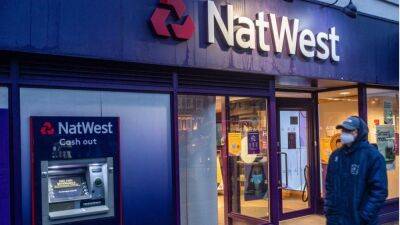SVB Crisis: What led to the collapse of start-ups' favourite bank?
On Friday, the banking regulators in the US shut down the "financial partner of the innovation economy", as the Silicon Valley Bank (SVB) called itself after it suffered a swift collapse. It has sent shock waves across the tech and banking industries. Undoubtedly, the bank catered to a very specific crowd of start-ups, venture capitalists (VCs) and tech firms, but before its collapse, SVB was the 16th biggest bank in the US.
Moreover, it is the second bank, after Silvergate, that collapsed last week. It was followed by the US banking regulators shutting down the Signature Bank on Sunday, the third bank to close its doors in a week.
Interestingly, it is the second-largest bank failure in the history of the US and the first such incident after the 2008 depression. Before this, Washington Mutual Bank had collapsed in September 2008. It had assets worth $307 billion and deposits of $188 billion. SVB, just before its collapse, held assets worth $209 billion and deposits of $175 billion.
What is the Silicon Valley Bank?
Started in 1983 in Santa Clara, California, SVB was among the biggest supporters of the tech industry. As of 2021, it claimed to bank for around half of all the US venture-backed start-ups. Apart from tech companies, it also served media companies like Vox Media.
The bank also had deposits from several cryptocurrency firms. Circle said it has $3.3 billion worth of its reserves with the SVB. After the revelation, Binance and Coinbase suspended the withdrawal in Circle's stablecoin USDC. Now bankrupt crypto lender BlockFi also has $227 million stuck at SVB.
The bank became a hero among start-up founders by lending money even when no other bank did. According to a report by The Verge, SVB lent against the money
Read more on business-standard.com


![Binance Coin’s [BNB] breakout above $300 means this for the market’s bulls - ambcrypto.com](https://gocryptonft.com/storage/thumbs_400/img/2023/3/16/91201_alun.jpg)












